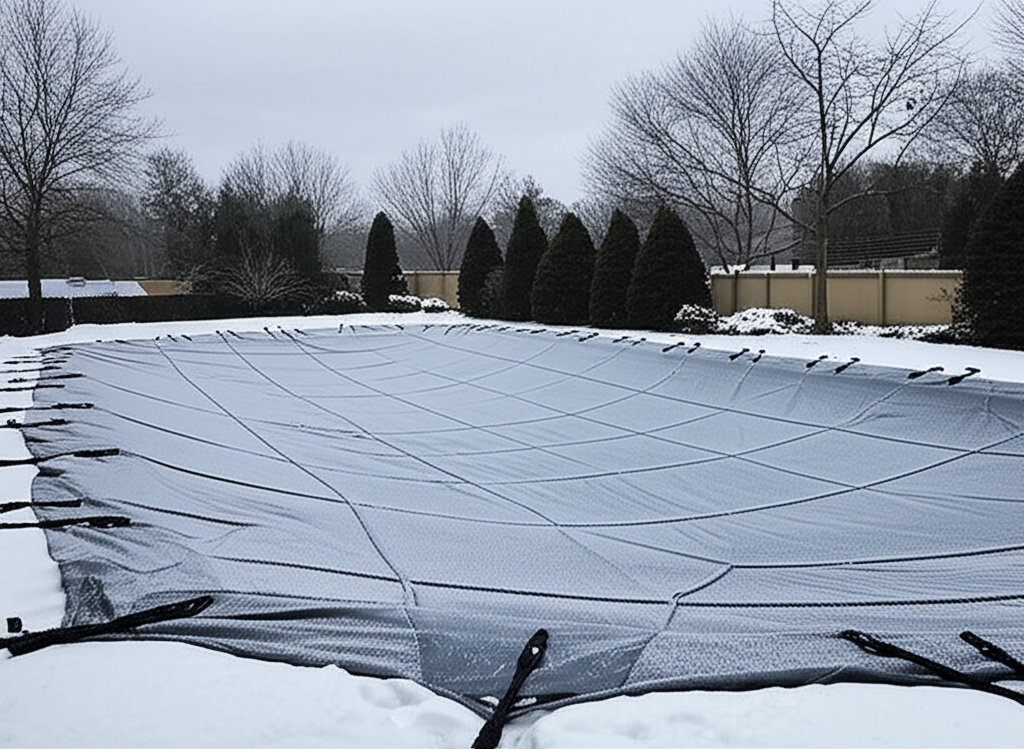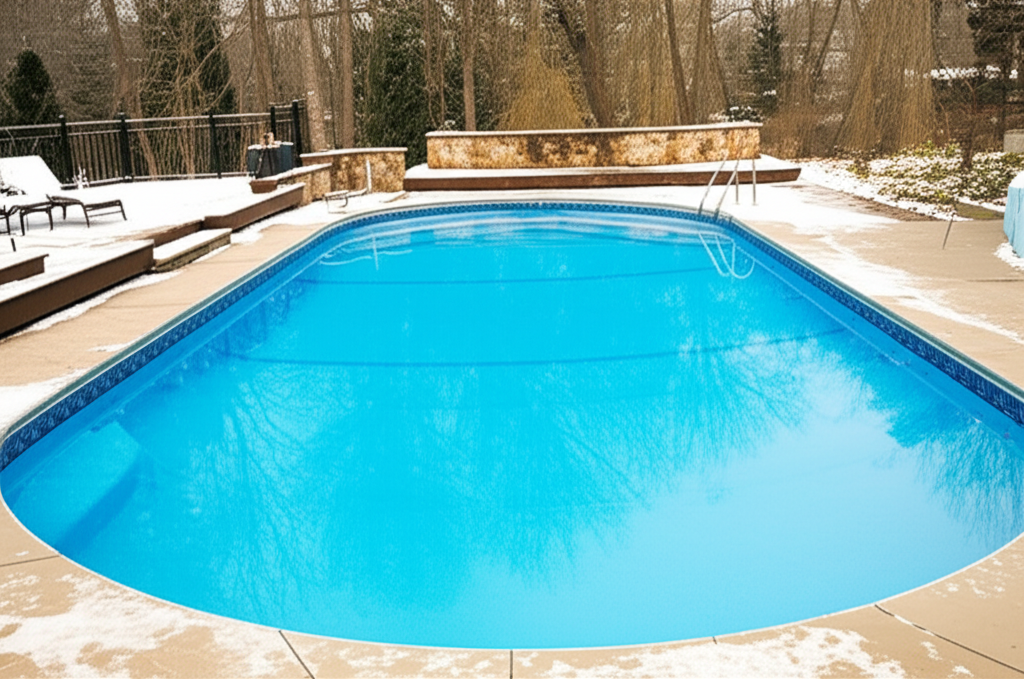- The Importance of Off-Season Maintenance
- Your Essential Winter Pool Care Off-Season Checklist
- Common Mistakes to Avoid During Winter Pool Care
- The Long-Term Benefits of Proactive Winterization
Winter Pool Care isn’t just about battening down the hatches; it’s about smart, proactive maintenance that saves you time, money, and hassle when warmer weather finally returns. Many pool owners dread the thought of winterizing, envisioning a complex and arduous task. However, with a clear understanding and a well-structured approach, off-season maintenance can be surprisingly straightforward and even, dare we say, effortless. Ignoring your pool during the colder months can lead to costly repairs, murky spring openings, and a significantly shortened lifespan for your equipment and structure. Embracing proper winterization is an investment in your pool’s future, ensuring it remains a pristine oasis for years to come.
The Importance of Off-Season Maintenance
As temperatures drop and swimming season becomes a distant memory, your pool might seem dormant, but it’s still susceptible to various issues. Freezing water can damage pipes, filters, and the pool’s shell. Debris accumulating over months can stain surfaces and throw your water chemistry into disarray. A poorly closed pool often results in a green, grimy mess by spring, requiring extensive cleaning and chemical treatment. Diligent off-season maintenance prevents these headaches, protects your investment, and ensures a smoother, quicker, and more enjoyable spring opening. It’s not just about surviving winter; it’s about thriving through it.
Your Essential Winter Pool Care Off-Season Checklist
Preparing your pool for winter doesn’t have to be a race against the clock. By following a systematic approach, you can ensure every crucial step is covered. This comprehensive Off-Season Checklist guides you through the process, making it less daunting.
1. Thorough Cleaning and Vacuuming:
Begin by removing all physical debris from your pool. Skim the surface, brush the walls and floor, and vacuum thoroughly. Clean out skimmer and pump baskets. The cleaner your pool is now, the less organic material will decompose and cause problems over winter.
2. Water Chemistry Balancing:
This is perhaps the most critical step. Test your water’s pH, alkalinity, and calcium hardness. Adjust them to optimal levels (pH: 7.4-7.6, Alkalinity: 80-120 ppm, Calcium Hardness: 180-220 ppm). Balanced water prevents staining, corrosion, and scale buildup during the dormant period. Once balanced, shock the pool heavily to eliminate any remaining contaminants.
3. Lowering the Water Level (If Applicable):
For pools with tile or specific covers, you may need to lower the water level below the skimmer opening and return jets. This prevents water from entering and freezing in the plumbing. Consult your pool type and cover manufacturer guidelines. For solid covers, lowering the water a few inches below the skimmer is often sufficient.
4. Draining and Storing Equipment:
Drain all water from your pump, filter, heater, chlorinator, and any other plumbing lines. If possible, remove smaller equipment like pumps and filters and store them in a dry, frost-free location. Plug return lines and skimmer openings with winterizing plugs to prevent water entry and freezing. Air blowers can be used to ensure lines are completely clear of water. Remember to turn off the power to all pool equipment at the breaker.
5. Adding Winterizing Chemicals:
Once your water is clean and balanced, and equipment is drained, add specialized winterizing chemicals. These typically include an algaecide to prevent algae growth, a stain and scale preventative to protect surfaces, and a winterizing shock. Follow the manufacturer’s instructions carefully for dosage based on your pool’s volume.
6. Installing the Winter Cover:
A sturdy winter cover is your pool’s best defense against debris and extreme weather. Ensure it is properly secured to prevent high winds from lifting it. Covers come in various types (mesh, solid, safety), each with its own installation method. A well-installed cover not only keeps debris out but also helps block sunlight, further inhibiting algae growth.
Common Mistakes to Avoid During Winter Pool Care
While the checklist makes it easier, some common pitfalls can undo your hard work:
Skipping Water Balancing: This is the shortcut that leads to the most problems. Unbalanced water can cause severe damage and staining.
Not Draining Equipment Properly: Any lingering water in pipes, pumps, or filters will expand when it freezes, leading to cracks, leaks, and expensive replacements.
Neglecting the Cover: A damaged or improperly secured cover negates its purpose, allowing debris and sunlight in.
Forgetting About Your Automatic Cleaner: Remove and properly store any robotic or automatic pool cleaners.
* Assuming Winter Chemicals Last Forever: Most winterizing chemicals are designed to last the entire off-season, but severely mild winters or unexpected issues might require a quick mid-winter check (if accessible).
The Long-Term Benefits of Proactive Winterization
The effort you put into proper Winter Pool Care yields significant dividends. Firstly, it extends the life of your pool’s structure and equipment by protecting them from the harsh winter elements and chemical imbalances. Secondly, it saves you considerable money on potential repairs that poorly winterized pools inevitably face. Lastly, and perhaps most enjoyable, it guarantees a stress-free spring opening. Instead of confronting a swamp, you’ll likely find clear water that requires minimal adjustment, allowing you to get back to swimming and enjoying your backyard oasis quickly.
By adopting this well-defined strategy, you transform a potentially daunting task into an effortless routine. Your pool deserves this vital protection, ensuring it remains an enjoyable and valuable asset for many seasons to come.




